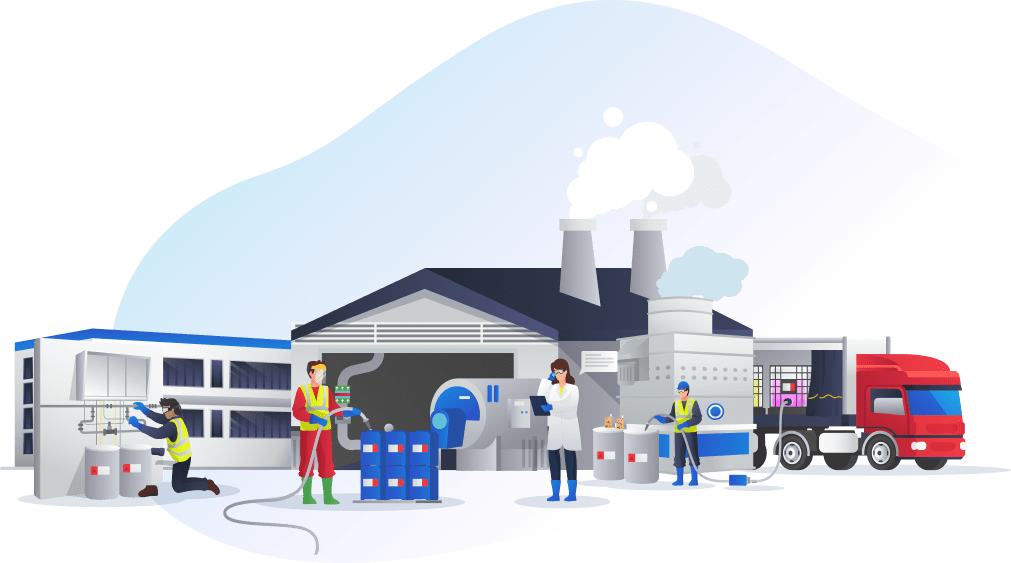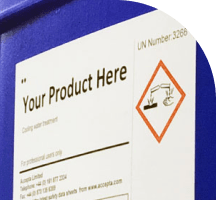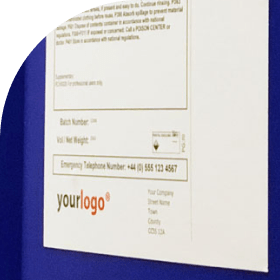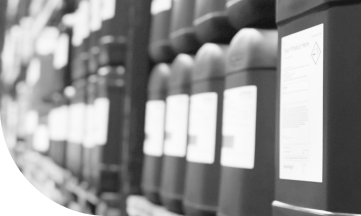Water Treatment Products Supplier

The Water Treatment Products Company
Accepta is a manufacturer and supplier of a comprehensive range of speciality water treatment chemicals, dosage and control equipment, test kits and laboratory services.
Our products are used to protect people and assets, save money and maintain the operational efficiency of all kinds of water systems including steam boilers, cooling water systems, closed circuit and HVAC systems, drinking and process water, reverse osmosis and wastewater and effluent systems.
Service Company Looking for Own Label Provider or Reseller?
Looking to Distribute Accepta products in your market?



Water Treatment Chemicals
The main component of most water treatment regimes is the use of chemicals to alter the system make-up water in order to inhibit certain behaviours, supplement the water chemistry or simply protect the system & public from unabated bacterial growth.
You can find more information on different chemical applications and treatment chemistries across our website, some chemicals products are even available to order online
Ready to talk about chemicals?
Innovation in Water Treatment Technologies
Bringing together decades of experience through research and development between our engineering workshop, laboratories and industry leading technical team; we can share innovative products and services built to solve problems and improve efficiency and control.
Watch our videos on Activ-Ox Chlorine Dioxide and Bromgard – Complete Cooling Water Treatment, to see some of what we can do for you.
Ready to talk about water treatment?
Contact us
Please complete this form and we will be in touch


